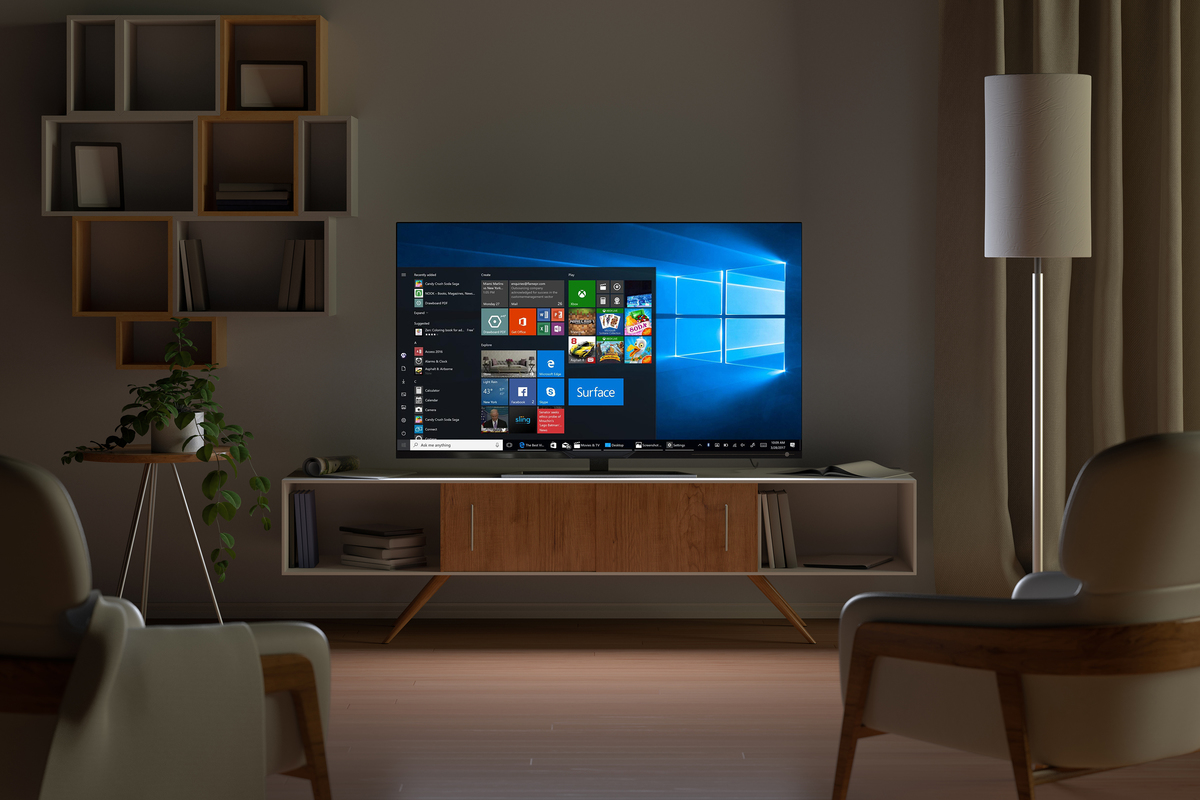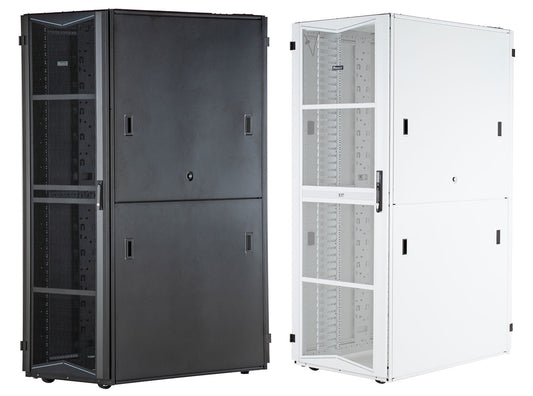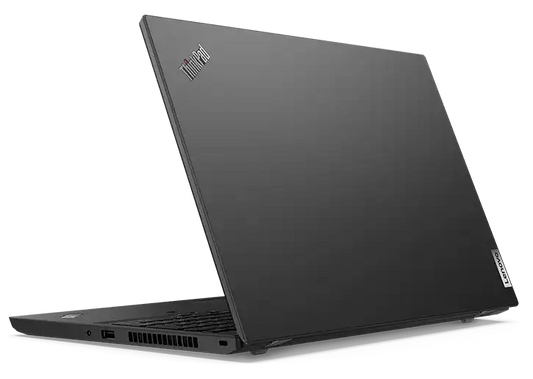Navigating the Tech Jungle: Key Terms to Know When Buying a New TV or Computer Monitor

Entering the world of modern televisions and computer monitors can feel like stepping into a labyrinth of technical jargon and specifications. With the rapid evolution of display technology, understanding these terms is crucial to making an informed decision. Whether you're in the market for a new TV or a computer monitor, here are the essential terms you need to know to navigate this tech jungle effectively.
1. Resolution
Resolution refers to the number of pixels that make up the display on a screen. Common resolutions you’ll encounter include 1080p (Full HD), 1440p (Quad HD), and 2160p (4K Ultra HD). Higher resolution means sharper, more detailed images.
2. Refresh Rate
Measured in Hertz (Hz), the refresh rate indicates how many times per second the display can update with new images. A higher refresh rate (like 120Hz or 144Hz) leads to smoother motion, crucial for gaming and action-packed content.
3. HDR (High Dynamic Range)
HDR enhances the contrast and color range of the pixels on your display, offering brighter whites, darker blacks, and a wider color gamut. This results in more realistic and vibrant images.
4. OLED vs. LED vs. QLED
These terms refer to different screen technologies:
- OLED (Organic Light-Emitting Diode): Each pixel produces its own light, allowing for true blacks and impressive contrast ratios.
- LED (Light-Emitting Diode): Uses a backlight behind an LCD panel. More common but typically doesn’t match the contrast of OLED.
- QLED (Quantum Dot LED): A variant of LED displays that uses quantum dots to enhance brightness and color range.
5. Response Time
Response time measures how quickly a pixel can change color, typically from black to white to black again. It's important for reducing motion blur. Lower response times (like 1ms) are especially important for gaming.
6. Aspect Ratio
This refers to the proportional relationship between a display’s width and height. Most modern TVs and monitors have an aspect ratio of 16:9. Ultrawide monitors might have ratios like 21:9 or 32:9.
7. Input Lag
Critical for gamers, input lag is the delay between a command from an input device (like a controller or keyboard) and the display reacting to that command. Lower input lag means faster response time to user actions.
8. HDMI and DisplayPort
These are types of connections used to transmit audio and video signals:
- HDMI (High-Definition Multimedia Interface): The most common connection for TVs, monitors, and home theater systems.
- DisplayPort: Commonly used in computer monitors, and preferred for high refresh rates and resolutions.
9. Viewing Angle
The angle from which you can view the screen without the colors distorting. Important for room setups where people will be sitting off to the side of the TV/monitor.
10. Smart TV
A smart TV is one that connects to the internet to access content beyond what’s available via traditional broadcast media, such as streaming services, web browsing, and apps.
Conclusion
Arming yourself with knowledge of these terms will transform you from a bewildered shopper to a savvy consumer. Remember, the best TV or monitor for you depends on how you intend to use it—be it for immersive gaming, binge-watching your favorite shows, professional content creation, or everyday use. Understand your priorities, match them with the right specifications, and you'll find the perfect screen for your needs. Happy shopping!



